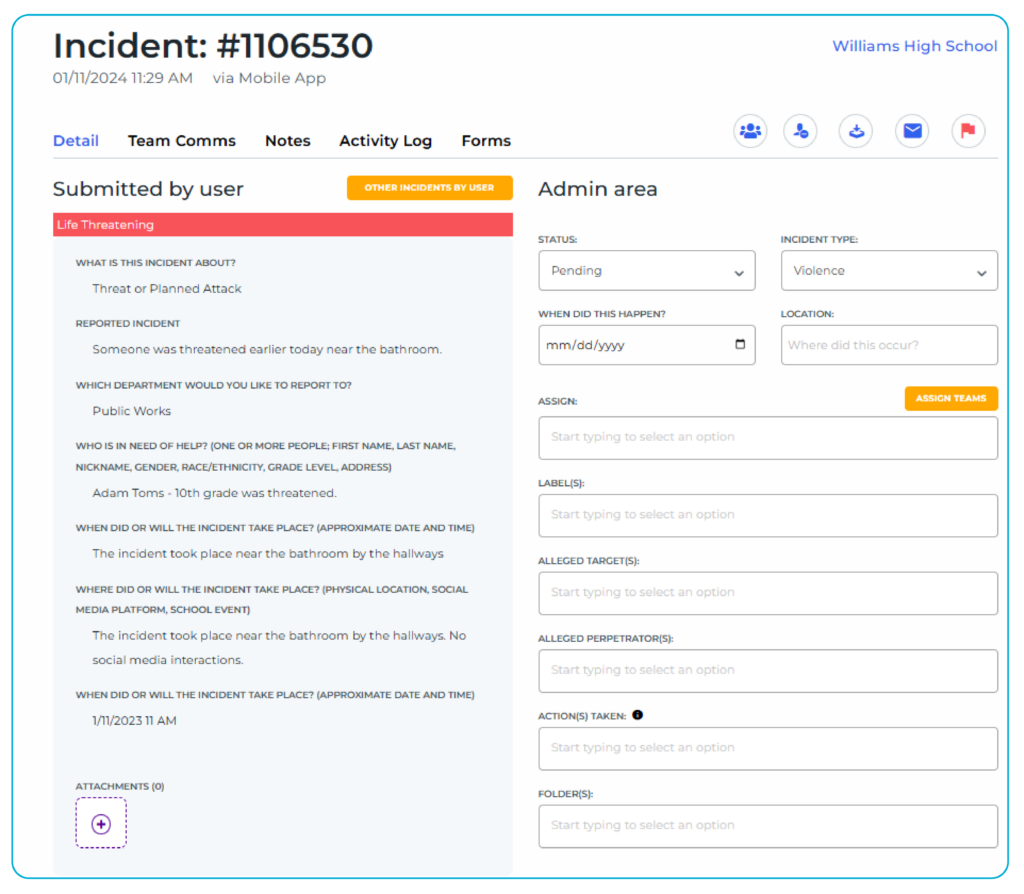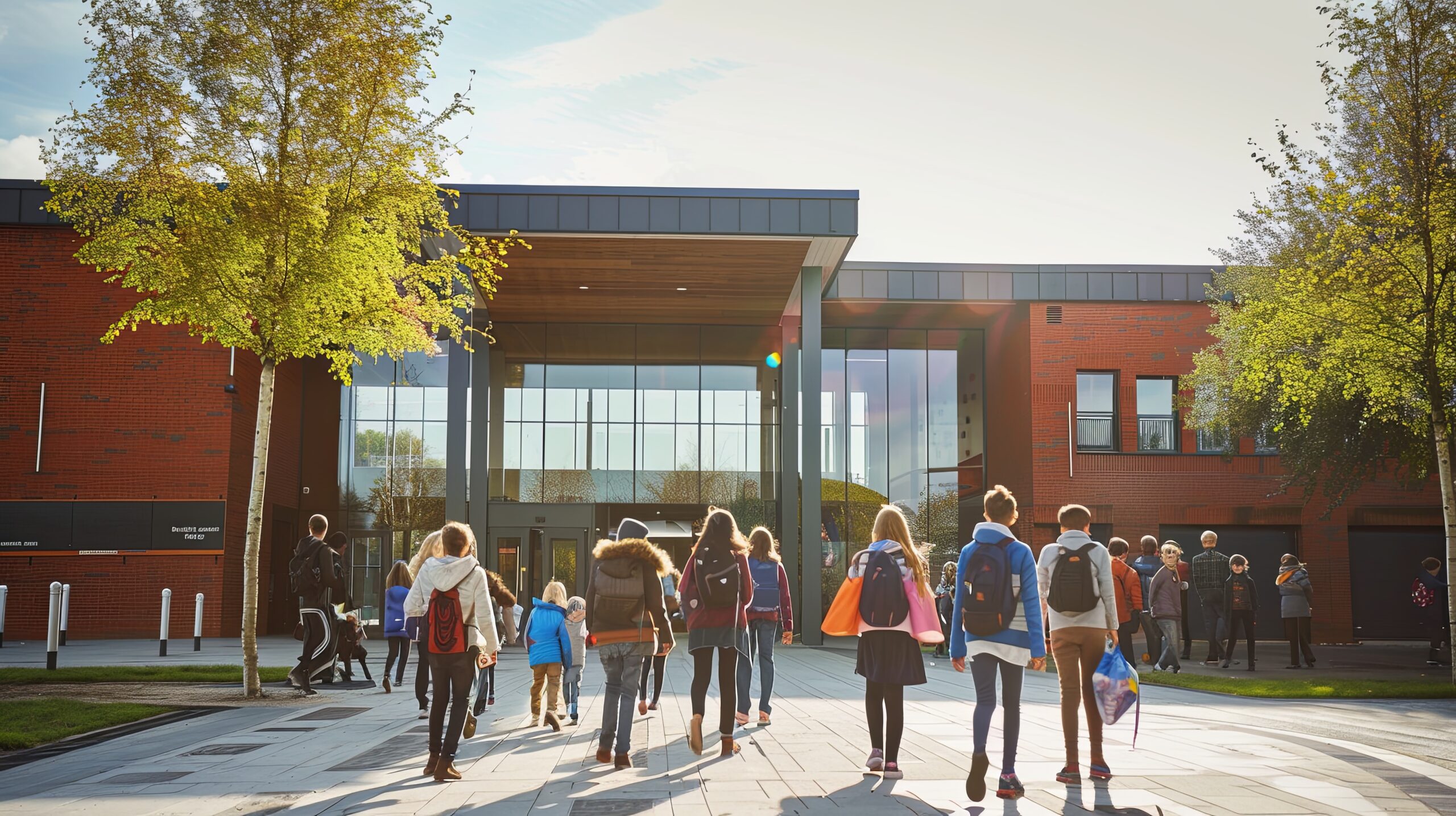Last week, we experienced another heartbreaking incident of a school shooting, resulting in two students being injured and leaving a community forever changed.
Dallas ISD had implemented various security measures, including metal detectors and controlled entries, all designed with the intention of keeping students safe. And yet, the shooter was able to gain access through a door inadvertently opened by another student.
This incident sheds light on a sobering reality: in the moment, no matter how advanced a school’s security systems may be, true effectiveness relies on the cooperation and awareness of everyone within the building. It requires that every door remains locked, every student makes the right decision under pressure, and every adult identifies potential warning signs in time. Relying solely on these ideal outcomes feels like a gamble no school should ever have to take.
While metal detectors, door locks, and bulletproof glass serve as important safety measures, they are ultimately a last line of defense. If we find ourselves depending on these tools to protect lives, we are already in a state of crisis – we’re reacting rather than preventing.
And prevention is where the conversation must shift.
It is essential to identify students at risk before they feel compelled to act out in harm’s way—before they approach that side door, before we gather for press conferences and candlelight vigils.
There are two impactful strategies that can work towards creating a safer foundation for those in crisis, and success is reliant on schools embracing both to foster a safer environment for their students and community.

1. Tip Lines Students Trust
In nearly every case, someone knew. A student, a friend, a classmate. But they didn’t speak up. Not because they didn’t care, but because they didn’t know cómo—or didn’t trust that speaking up would help, or that it wouldn’t backfire on them.
We need to make it easy—and safe—for students to say something when they see something. Not just a checkbox compliance line, but a real system that works in the moment, without fear or judgment.
2. Digital Monitoring That Sees What We Can’t

The Secret Service has studied school shootings for years. And they’ve found that 74% of school shooters left warning signs online. In their chats. In their documents. In their searches.
This isn’t about spying. It’s about protecting.
We’re talking about monitoring school-issued devices on school time. Schools own these systems, and under federal law, they’re required to monitor them. With the right tools—and trained professionals reviewing alerts—districts can detect threats early and take action.
Prevention, not Reaction
This isn’t about fear. It’s about responsibility.
We cannot wait until a weapon is already in the building to act. Safety starts long before the first bell rings—with the systems, tools, and leadership to prevent violence, not just respond to it.
It’s time to stop thinking of this as someone else’s job or tomorrow’s problem.
We can see the signs. We have the tools. Now we need to use them.

